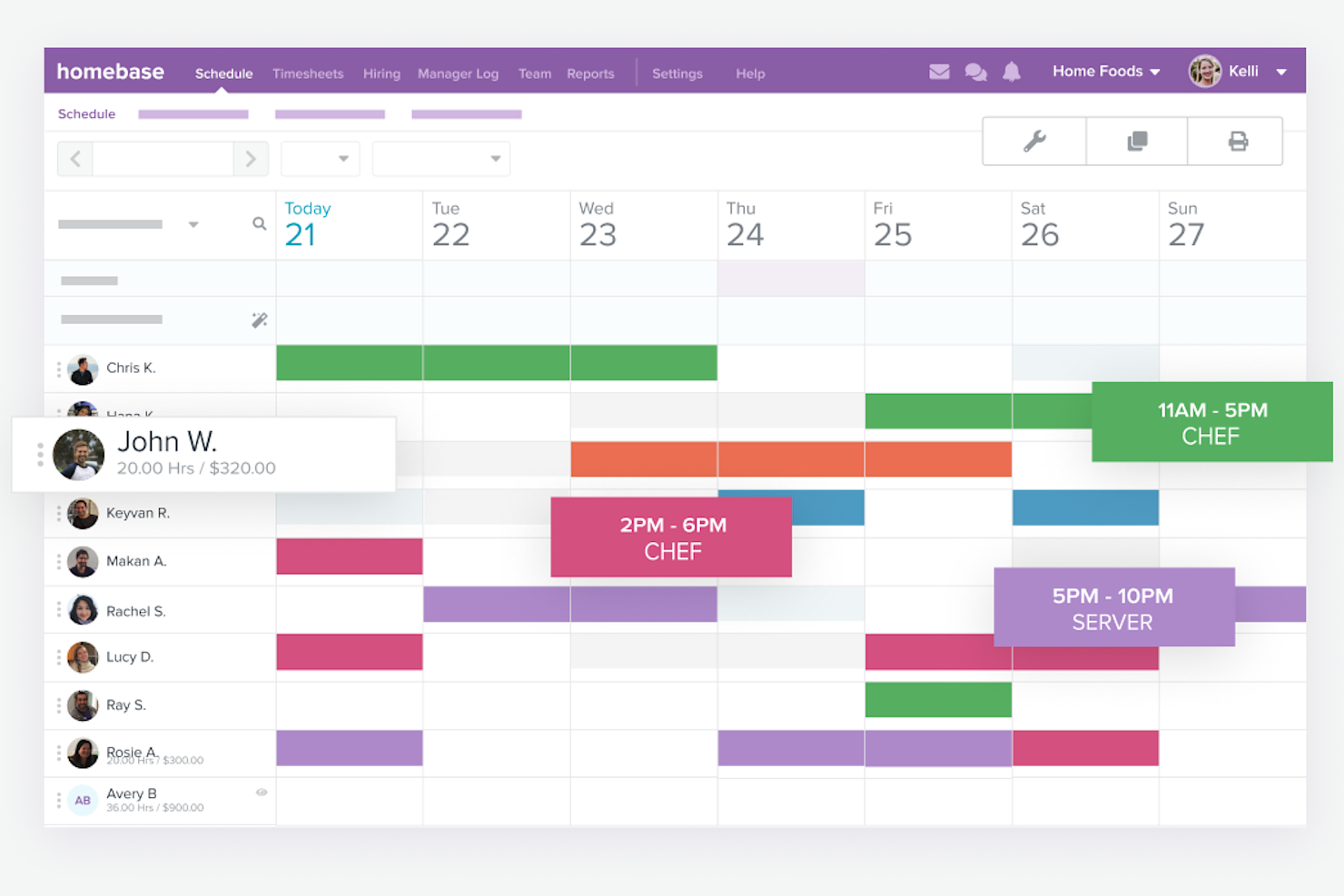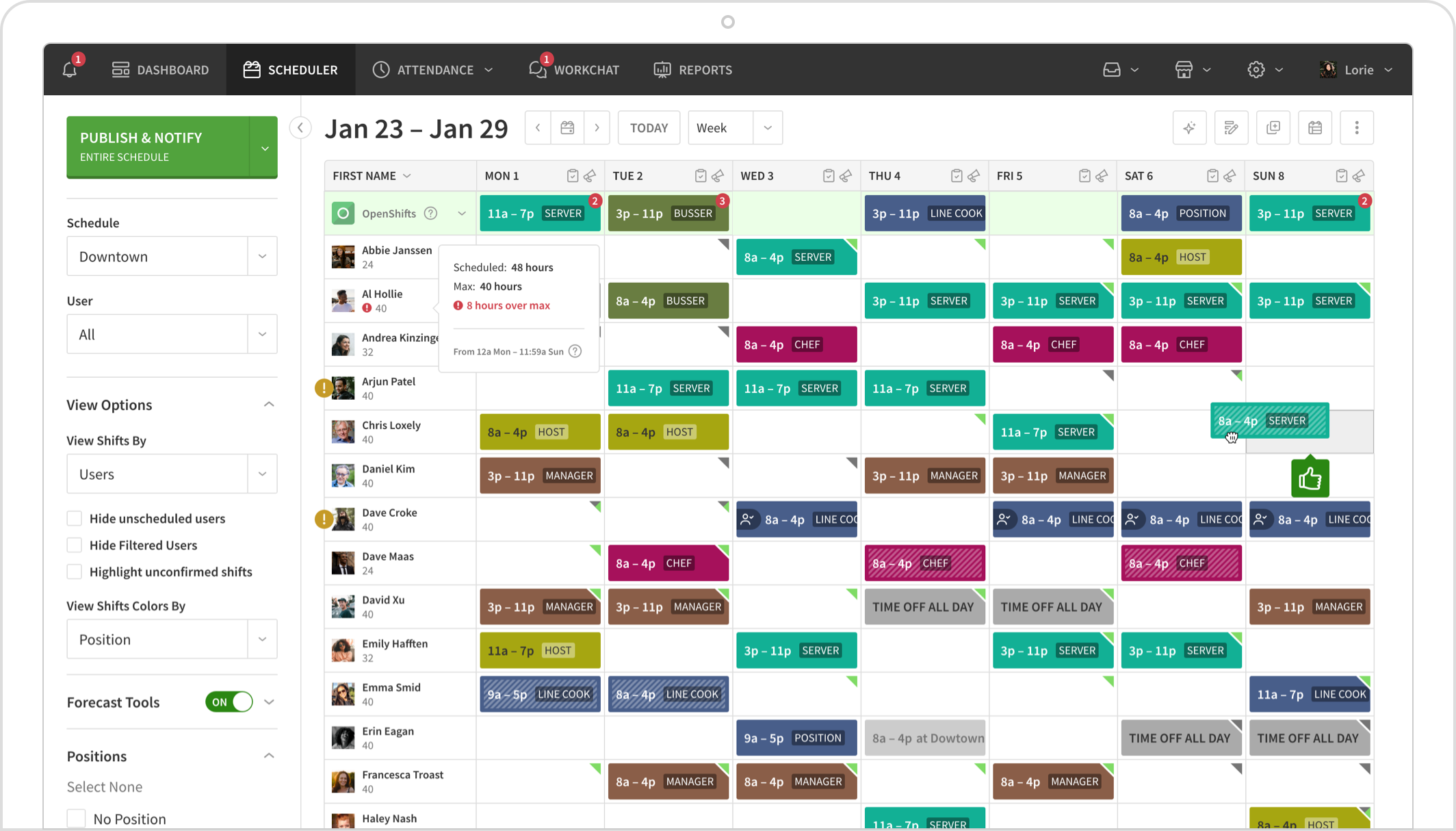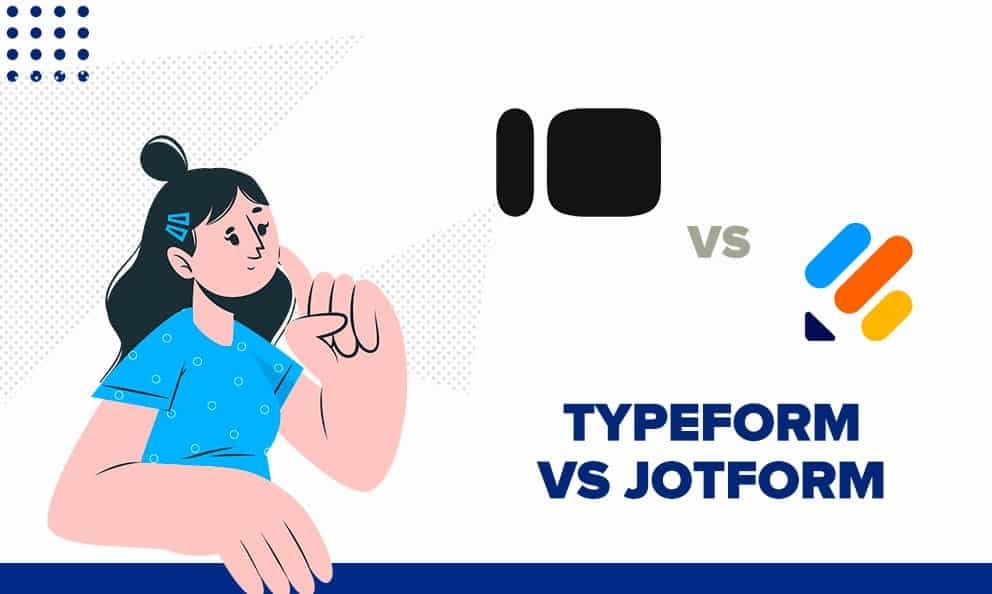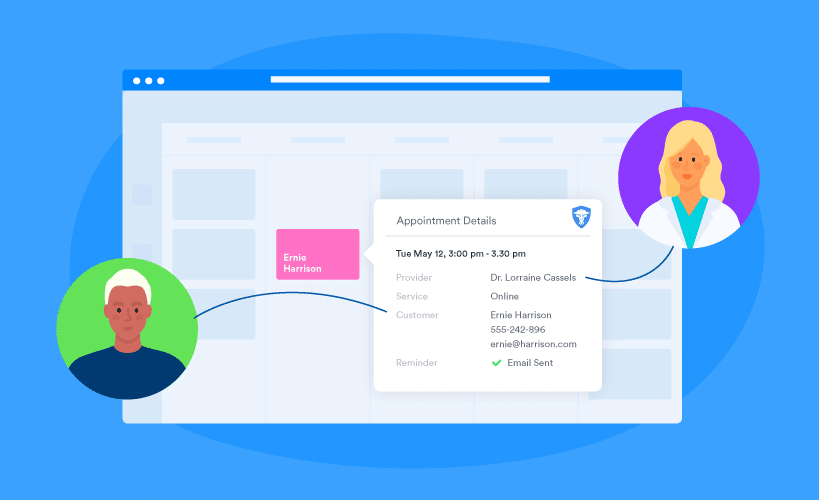Finding the best app for scheduling employees can be challenging. You need a tool that is efficient and user-friendly.
In today’s fast-paced work environment, managing employee schedules is crucial. It can make or break your business operations. Employee scheduling apps simplify this task. They help you save time, reduce errors, and improve communication. These apps offer features like shift swapping, time-off requests, and automated reminders.
This can lead to higher employee satisfaction and productivity. With so many options available, choosing the right app can seem overwhelming. This guide will help you navigate through the choices and find the best scheduling app for your business needs.

Credit: peoplemanagingpeople.com
Introduction To Employee Scheduling Apps
Managing employee schedules can be a daunting task. The hassle of manual scheduling, swapping shifts, and keeping track of time-off requests can eat up valuable hours. That’s where employee scheduling apps come in handy. These apps automate and streamline the process, making it easier for managers to create, update, and distribute schedules.
Importance Of Scheduling
Effective scheduling is crucial for any business. It ensures that all shifts are covered, reducing the risk of understaffing. Proper scheduling also helps maintain employee morale by considering their availability and preferences. Without a reliable schedule, chaos ensues, leading to stress and decreased productivity.
Imagine running a restaurant where a key shift is unexpectedly understaffed. The service suffers, employees are overworked, and customers leave unsatisfied. With a good scheduling app, such situations can be avoided. It ensures that everyone knows their responsibilities and when they are supposed to work.
Benefits Of Using Apps
Employee scheduling apps offer numerous benefits. They save time by automating repetitive tasks. Instead of manually creating schedules, managers can use templates and algorithms to generate efficient schedules in minutes. This frees up time for more important tasks.
These apps also improve communication. Notifications and alerts ensure that employees are aware of their shifts. If someone needs to swap a shift, they can do it through the app, eliminating confusion and miscommunication.
Another significant advantage is accessibility. Employees can access their schedules from anywhere, at any time. This is especially useful for businesses with remote or part-time workers. They no longer need to call in or check a bulletin board to know their schedule.
Think about the last time you had to manually adjust a schedule due to unexpected changes. It probably involved several phone calls, texts, and a lot of frustration. With an app, these adjustments can be made quickly and communicated instantly, reducing stress for everyone involved.
In short, employee scheduling apps not only streamline the scheduling process but also enhance overall efficiency and satisfaction in the workplace. They are a valuable tool for any business looking to optimize their operations.
Key Features To Look For
Consider user-friendly interface and integration capabilities. Look for real-time updates and mobile access. Prioritize automated scheduling and shift management features.
When choosing the best app for scheduling employees, it’s crucial to consider several key features that will make your life easier and ensure efficient operations. This section will delve into those features, emphasizing why they matter and how they can enhance your scheduling process.Ease Of Use
The app should have a user-friendly interface. You want something intuitive, where you can quickly add shifts and make changes without a steep learning curve. Imagine trying to schedule a last-minute shift change. The last thing you need is to spend hours figuring out the app. You should be able to navigate it easily, even if you aren’t tech-savvy. A clutter-free design with clear instructions is a must. Look for drag-and-drop functionalities or simple click options to streamline the process.Integration Capabilities
Integration with other tools and systems is essential. Your scheduling app should seamlessly connect with payroll software, communication tools, and HR systems. Think about how much time you can save if your app automatically updates your payroll based on scheduled hours. It reduces errors and ensures everyone gets paid correctly. Verify if the app integrates with popular tools like Slack or Microsoft Teams. This way, your team stays informed about their shifts without needing to check multiple platforms.Mobile Accessibility
Mobile accessibility is a game-changer. Your employees should be able to access their schedules from their smartphones, no matter where they are. Imagine you’re out of town and need to adjust the schedule. A mobile-friendly app lets you make those changes on the go, keeping everything running smoothly. Ensure the app has a responsive design and offers a dedicated mobile app. This makes it easier for employees to check their schedules, request time off, or swap shifts. Choosing the right app with these key features will save you time and stress. What features do you think are essential for a scheduling app? Share your thoughts in the comments!Top Scheduling Apps For Small Businesses
Small businesses often face challenges with employee scheduling. Having a reliable app can make a big difference. Good scheduling apps help manage shifts, track hours, and improve communication. Here are the top scheduling apps for small businesses.
App A Overview
App A offers an easy-to-use interface. It allows business owners to create and edit schedules quickly. Employees can view their shifts in real-time. The app also supports shift swapping. This feature helps employees adjust their schedules. Notifications keep everyone updated. The app integrates with payroll systems. This ensures accurate payment for worked hours.
App B Overview
App B focuses on flexibility. It supports different types of schedules. For example, full-time, part-time, and freelance. The app also allows for multiple locations. This is useful for businesses with several branches. Managers can assign shifts based on employee availability. The app includes a time clock feature. This helps track hours worked. Reports can be generated to analyze labor costs. Employees get reminders for upcoming shifts. This reduces the chances of no-shows.
Best Apps For Large Enterprises
Choosing the best app for scheduling employees in large enterprises can be challenging. The right app must handle complex schedules and large teams. It should also offer features that support communication and efficiency. Here, we will explore two top apps for large enterprises.
App C Overview
App C is designed for large enterprises. It offers advanced scheduling tools. Managers can create and adjust schedules with ease. The app also supports automated shift swaps. This reduces the workload on HR teams.
App C integrates with payroll systems. It ensures accurate and timely payments. Employees can access their schedules from any device. Notifications keep everyone informed about changes. The app also provides detailed reports on attendance and performance. This helps in making informed decisions.
App D Overview
App D focuses on flexibility and scalability. It is perfect for large enterprises with dynamic needs. The app supports multiple locations and departments. Managers can oversee everything from one platform.
App D has a user-friendly interface. It simplifies the scheduling process. Employees can request time off and shift changes easily. The app offers real-time updates and notifications. This ensures everyone stays on the same page. It also includes analytics tools to track key metrics. This helps in optimizing workforce management.
Cost Considerations
Understanding the cost considerations of employee scheduling apps is crucial. Different apps offer various pricing models to suit diverse needs and budgets. Balancing cost and functionality ensures that you get the best value for your investment. Let’s explore the options available.
Free Vs Paid Options
Free apps often provide basic scheduling features. They can be great for small teams or startups with limited budgets. However, these free versions might lack advanced features. Features like integrations with payroll systems or analytics tools.
Paid options usually come with a comprehensive set of features. They offer customer support, integration capabilities, and robust security measures. This makes them more suitable for larger businesses or those needing advanced functionalities.
Subscription Plans
Subscription plans vary widely among different scheduling apps. They can be monthly or yearly. Monthly plans offer flexibility, especially for short-term projects. Yearly plans usually come with a discount, making them cost-effective for long-term use.
Most subscription plans are tiered. This means you can choose a plan based on the size of your team and the features you need. Higher tiers often include more advanced features and better support. Assessing your business requirements helps in choosing the right plan.

Credit: wheniwork.com
User Reviews And Ratings
Choosing the best app for scheduling employees can be a game-changer for your business. But how do you know which one stands out? User reviews and ratings can provide invaluable insights into how well an app performs in real-world scenarios. Let’s dive into what users are saying about some of the top-rated employee scheduling apps.
Positive Feedback
Many users praise the ease of use of apps like When I Work and Shiftboard. These apps offer intuitive interfaces that make scheduling quick and simple. One user mentioned, “I can schedule my entire team in under 10 minutes, and they love the automatic notifications.”
Another point of positive feedback is the flexibility these apps provide. Employees can swap shifts, request time off, and communicate seamlessly within the app. Users appreciate features like drag-and-drop scheduling and real-time updates, which save both time and effort.
Additionally, apps like Deputy receive high marks for their customer support. Many users highlight the prompt and helpful responses they receive when encountering issues. This level of support can be crucial for businesses that rely heavily on consistent scheduling.
Common Complaints
Despite the glowing reviews, some users have raised concerns. One common complaint is the occasional glitches or bugs that disrupt the scheduling process. For instance, a user noted, “Sometimes shifts don’t save correctly, and I have to redo the entire schedule.”
Another issue is the learning curve for new users. While these apps are designed to be user-friendly, some people find it challenging to navigate through all the features initially. This can be particularly frustrating for small businesses with limited tech-savvy staff.
Lastly, cost can be a sticking point. Some users feel that the subscription fees for premium features are too high, especially for smaller businesses. They argue that while the app is beneficial, the pricing structure could be more accommodating.
Have you used any of these scheduling apps? What has been your experience? Your feedback could help others make an informed decision.
Implementation Tips
Finding the best app for scheduling employees can simplify workforce management. Consider user-friendly options like When I Work or Deputy. These apps offer easy scheduling and time tracking.
Implementing a new app for scheduling employees can be a game changer for your business. However, the transition can be challenging without the right approach. Here are some practical tips to ensure a smooth implementation.Training Employees
Training employees is crucial for successful implementation. Start by organizing training sessions to familiarize them with the app’s features. Use a mix of hands-on exercises and tutorials. Consider creating a user manual for reference. This can be a simple PDF or an online document with screenshots and step-by-step instructions. Encourage employees to ask questions and provide feedback during the training. This helps identify potential issues early and makes them feel involved in the process.Integration With Existing Systems
Integrating the new app with your existing systems can save time and reduce errors. Check if the app is compatible with your current tools and software. If possible, conduct a test run to see how the app interacts with other systems. This helps in identifying any integration issues beforehand. It’s also helpful to have a dedicated team member or IT personnel oversee the integration process. Their expertise can ensure a seamless transition and handle any technical glitches that may arise. By following these tips, you can make the implementation of a new scheduling app smooth and effective. What challenges have you faced while implementing new tools in your workplace? Share your experiences in the comments below!
Credit: zapier.com
Future Trends In Scheduling Apps
Future trends in scheduling apps are transforming how businesses manage their workforce. These advancements promise to enhance efficiency, reduce errors, and save time. They leverage cutting-edge technology to offer smarter solutions. Let’s explore some of these trends.
Ai And Automation
AI and automation are reshaping scheduling apps. They can predict staffing needs based on past data. This helps businesses allocate resources more effectively. AI can also adjust schedules in real time. This reduces the chances of overstaffing or understaffing. Automation takes care of repetitive tasks. It sends reminders and updates without human intervention. This ensures smooth operations and reduces manual work.
Enhanced Analytics
Enhanced analytics provide deep insights into employee performance. They track attendance, productivity, and other key metrics. Businesses can make data-driven decisions. This improves overall efficiency. Analytics can also identify patterns and trends. Managers can use this information for better planning. Enhanced analytics help optimize scheduling strategies. They ensure the right people are in the right place at the right time.
Frequently Asked Questions
What Is The Best Free App For Scheduling Employees?
The best free app for scheduling employees is Homebase. It offers features like shift planning, time tracking, and team communication.
What Is The Best Way To Schedule Employees?
Use employee scheduling software for efficient planning. Consider availability, skills, and preferences. Communicate schedules clearly and update regularly.
Which App Is Used Most For Scheduling?
The most used app for scheduling is Google Calendar. It offers seamless integration with other Google services and easy sharing.
What Is The Best App For Keeping Track Of Employees?
The best app for keeping track of employees is Hubstaff. It offers time tracking, productivity monitoring, and project management features.
Conclusion
Finding the best app for scheduling employees can boost efficiency. Simplified processes save time and reduce stress. The right tool makes a big difference. It helps manage shifts, track hours, and improve communication. Employees stay informed and organized. Productivity increases, and errors decrease.
Choose wisely to meet your needs. Test different options to find the perfect fit. A reliable scheduling app supports your business growth. Invest in a solution that enhances your team’s workflow. With the right app, managing schedules becomes easier and more effective.





